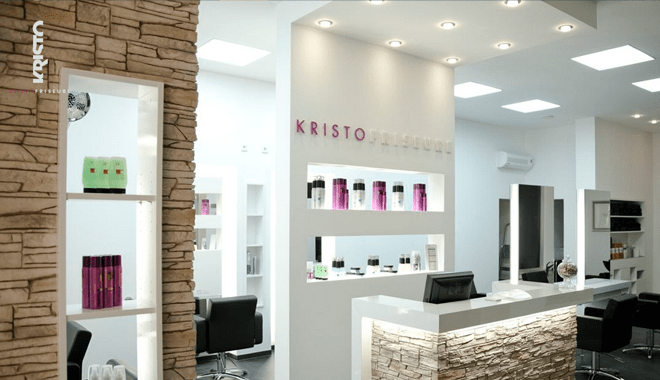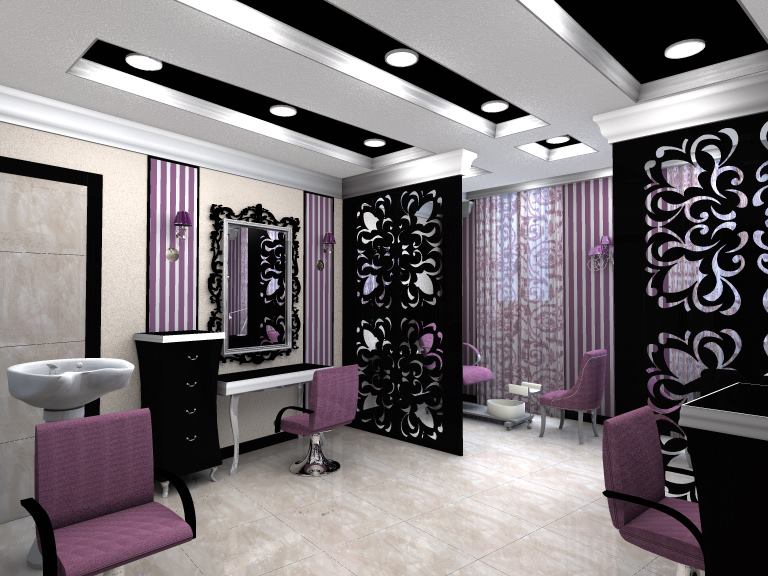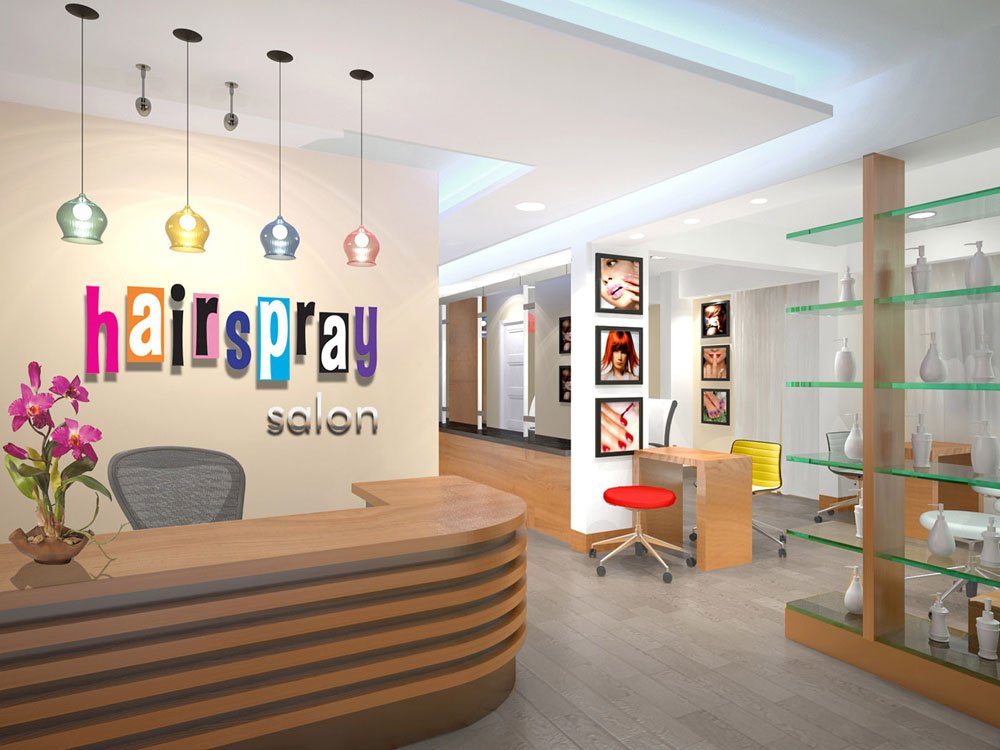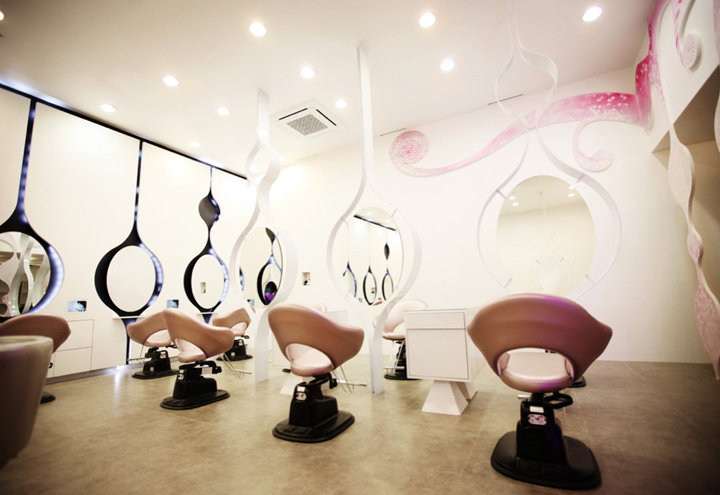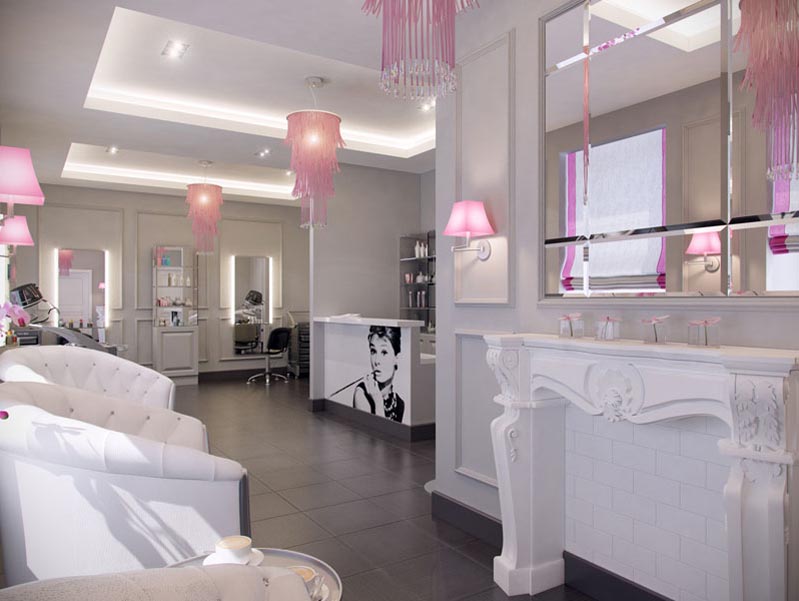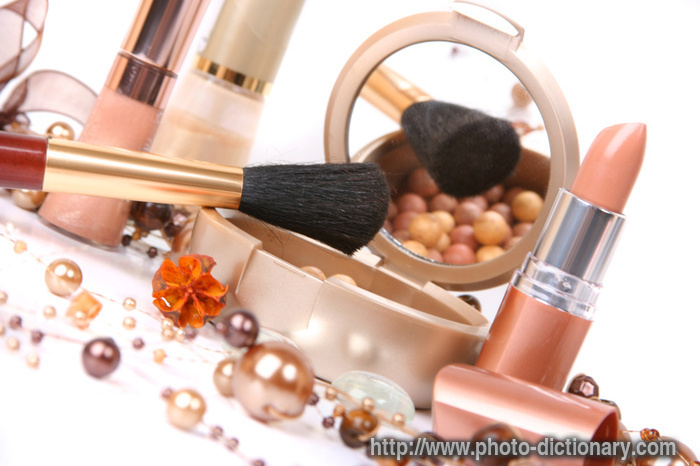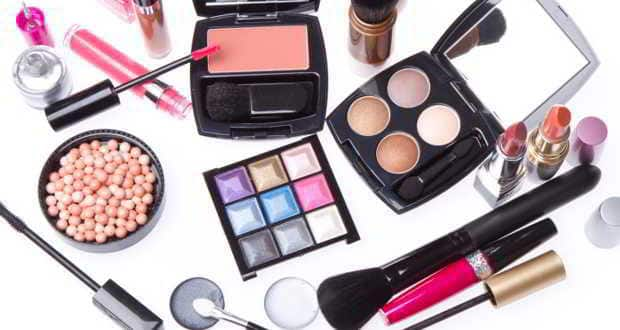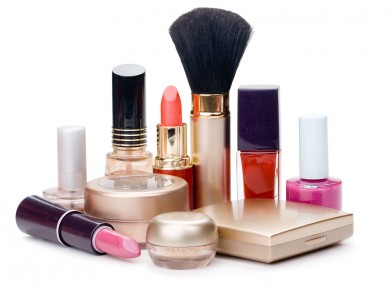How To Apply Eyeshadow
Source(google.com.pk)
The basic concept of any eyeshadow design is to shape and shade in well blended progression of light to dark colors. Three key points to keep in mind:
Light colors will highlight or emphasize shallow areas.
Dark colors will recede or minimize fuller, more prominent areas.
Always load your brushes with a small amount of color since it is easier to add more eyeshadow than to remove it.
When to Apply Eyeshadow
You can do your eye makeup first and then apply foundation or concealer to the rest of the face afterwards. This will allow you to remove any eyeshadow which may have flaked onto the area underneath your eyes, avoiding a lot of frustration. Prep your eye area with foundation and/or concealer and set with a dusting of powder.
Eye Makeup DiagramListed below are instructions on how to apply a 2-, 3-, and 4-color eyeshadow design. Whether you want to use just two or up to four colors (more than four tends to get too complicated and the results tend to be muddy-looking unless blending is extremely precise) this step-by-step guide will help you create a classic look which you can tone down or build upon.
It is best to finish every eye design with eyeliner and mascara.
NOTE: Please refer to the eye illustration above for placement of shades.
Brush Tips Before You Begin
In order to find the perfect area to place your brush, look straight ahead into a mirror, find the highest point of your eyebrow, and then follow an imaginary vertical line going down toward the eye's crease.
Set the brush down into the crease precisely on the imaginary line and begin blending in a slightly outward direction that follows the true crease and just above, to where the brow bone begins.
Next, move inward (think windshield-wiper motion) in the crease and along the edge of the brow bone.
Do not blend all the way into the inner corner of the eye unless your eyes are noticeably wide-set.
Two-Color Design
The goal of this classic, common design is to apply a lighter eyeshadow color to the lid area and a deeper color in the crease slightly blending it upward. Applying the lighter color to the entire lid will make your lid look larger and brighter thus creating a rested appearance. You may also reverse this order, which can be helpful for those with large eyelids or protruding eyes.
How-to:
Using a large eyeshadow brush apply the lighter color to the base of the lashes and blend all the way up to the brow.
Next, use a crease defining brush to apply the second shade in the crease, blending up and out toward the outer corner of the eye along the edge of where the brow bone begins.
Keeping the second color in and just slightly above the crease will create a natural highlight under the brow’s arch while shading the outer corner of the eye.
For a softer, more diffused effect after crease color is applied, use a blending brush without any eyeshadow and blend using soft circular motions along the outer part of the crease.
Three-Color Design
This design builds on the two-color design detailed above, but adds a third, darker color for shading the outside corner of the eye.
How-to:
Follow the directions for the two-color eye design above.
Once that is done, use a crease defining brush to apply the third shade to the true crease area
Make sure none of the darkest shade is actually on the eyelid or to the back corner of the eye, where some of the color is blended down onto the outer third of the eyelid and also into the crease.
When applying color in the eye's crease, be sure to blend out and slightly up rather than following the downward curve of the eye.
Four-Color Design
This design builds on the two-and three-color designs detailed above, but adds a fourth color for more intense shading. In this design, the third color is typically applied in the crease and slightly onto the back corner of the eye. The fourth (darkest) color is skillfully applied to the back corner. Combined, this look creates shape, shading, and movement.
How-to:
Follow the directions for the three-color eye design described above.
The fourth color is best applied with an eyeshadow brush designed for detail work, which means a brush with a smaller or more pointed head and densely-packed bristles.
Apply the color using small strokes over the back corner of the eyelid only.
This look is easy to get wrong until you've had sufficient practice, so do take time to experiment to build confidence in achieving this look.
You may wish to use the third color again in the crease, to intensify the effect.
Essential Eyeshadow Tips
Matte powder eyeshadows in an array of neutral tones from light to dark are your best bets for a classic, sophisticated eye design that accents the shape and color of your eyes.
Adding shine is best for the brow bone only, especially if you have wrinkles around the eye or your eyelid skin is less than taut. There are many good powder eyeshadows that impart a soft, subtle shine to highlight this area.
Unless you're using just one eyeshadow color, use at least two eyeshadow brushes for application.
Prep the eyelid and under-brow area with a matte-finish concealer, foundation, and/or powder before applying eyeshadow. This ensures a smooth, even application and (if you have fair to medium skin) will also neutralize the red and blue coloration of the eyelid.
Tap off any excess eyeshadow from your brush before applying. This prevents over-application and minimize flaking eyeshadow.
If you really want to make the color of your eyes pop, choose a contrasting color in a soft tone and apply this to the lids. Blue eyes come alive with pale peach or cantaloupe hues, green eyes seem richer with light bronze or caramel tones, hazel eyes become more alluring with chestnut and golden brown shades, and brown eyes are nicely accented by almost all neutral tones.
For The Paula's Choice Research Team’s top picks for eyeshadows, eyeliners, and other eye makeup essentials, visit Beautypedia!
Eyeshadow

Eyeshadow

Eyeshadow

Eyeshadow

Eyeshadow

Eyeshadow

Eyeshadow

Eyeshadow

Eyeshadow

Eyeshadow

Eyeshadow
Eyeshadow

Eyeshadow

Eyeshadow

Eyeshadow

Eyeshadow

Eyeshadow









